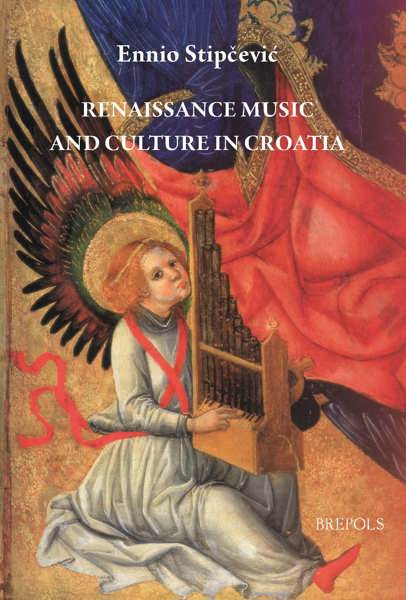
- Pages: 295 p.
- Size:178 x 254 mm
- Illustrations:2 col., 4 tables b/w.
- Language(s):English
- Publication Year:2019
- € 85,00 EXCL. VAT RETAIL PRICE
- ISBN: 978-2-503-58222-1
- Paperback
- Available
Poetry in Motion traces the fascinating travels of medieval courtly song around most of western Europe, and tells the story of what poetry, poets, and their scribes had to say about vernacular languages.
« L’étude, divisée en chapitres évoquant autant de modes de transmission spécifiques, vise à cerner au mieux les pratiques liées à la poésie lyrique de façon à questionner à la fois la littérature et la langue médiévales. » (Anne Ibos-Augé, dans la Revue de Musicologie, 106/2, 2020, p. 530)
« Fermement argumenté, remarquablement détaillé dans ses analyses, fort d’un corpus d’une rare richesse, Poetry in Motion est assurément appelé à devenir un livre important parmi les études sur la poésie et la culture linguistique médiévales. » (Estelle Doudet, dans Cahiers de Civilisatin Médiévale, 250-251, 2020, p. 184)
"Poetry in Motion is an impressive, often virtuosic, exploration of the growth of a common discourse across language boundaries within Europe. The scope and ambition of this book, and its emphasis on practices shared across vernacular literature, make it highly original." (Nicholas W. Bleisch, in: Music and Letters, Vol. 101, Issue 3, p. 567)
“There is no question that Murray is a skilled reader of medieval poems, that he thinks creatively about medieval lyric cultures, that he employs philological tools resourcefully, or that his polyglot commitments are salubrious for the linguistically fractured study of medieval literary traditions. Poetry in Motion abundantly demonstrates all of these strengths. He is a scholar with much to contribute;” (Andrew Albin, in The Medieval Review, 21.11.20)
After undergraduate and graduate studies in Cambridge, David Murray completed his PhD in Medieval European Literature at King's College London in 2015. After teaching in Paris, he is now part of the ERC-funded project 'Music and Late Medieval European Court Cultures' based at the University of Oxford. He is currently writing a monograph about the musical culture of the court of Pilgrim von Puecheim, Archbishop of Salzburg, 1365-1396.
The medieval courtly lyric, the site for the first extended literary exercises in Occitan, French, Italian and German, is one of the foundations of how we think about European literature. Since the nineteenth century it has in many accounts underpinned a system of linguistically-informed national traditions. David Murray shows in 'Poetry in Motion' how categorizing poetry under headings like ‘French’ or ‘Italian’ poetry can obscure the thinking of medieval poets and scribes about what constituted a language. Rather than existing within a series of rigidly distinct linguistic systems, Murray demonstrates that song moved in a fluid environment where linguistic boundaries could be easily crossed. Aided by its melody, metrical form or quotation in a larger text, a song could travel and elicit meaningful reactions and interactions far from ‘home’. Combining literary studies with philology, manuscript studies and musicology, 'Poetry in Motion' shows the truly European reach of song in the Middle Ages.
Abstract
Table of Contents
Acknowledgements
Abbreviations
Introduction
Chapter 1: On the Wings of Song: The European Afterlives of Bernart de Ventadorn’s ‘Can vei la lauzeta mover’
Chapter 2: ‘Or chanson, puez aler par tout le monde’ : Multilingual Lyric and Linguistic Boundaries
Chapter 3: Poetry in and out of Context: Quotation and the Value of Lyric
Chapter 4: Making a Language for Song: The Lyric Beyond
Conclusion: Lyrics, Languages, and Poetic Community in the European Middle Ages
Bibliography
Index




